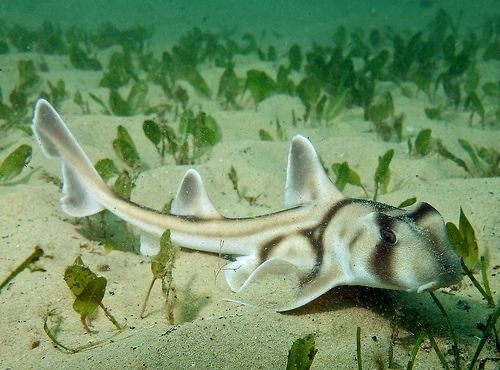Csmsdust

More Posts from Csmsdust and Others
Every time i’ve had to replant anything with serious roots and shake the dirt out i just can’t unsee the parallel


Chaos Game -- from Wolfram MathWorld



Aperiodic Monotile
Super big news from this lot. (ArXiv)

A monotile that admits no periodic tilings, but uncountably many aperiodic tilings. WOW.





And they're calling it the Hat.
And Craig announced it with an animation!





Impulse, instinct or intuition, Applied psychology, geometry and astronomy, 1919
Hello! Why did penguins evolve to have black feathers if they live in icy (mostly white?) locations? I understand them having a white tummy because when swimming they could be more difficult to identify by a predator swimming below them? Thanks!
Love your blog!
Hello! So, here's what I learned at uni:
the widely-accepted reason penguins have black feathers is the same reason they have white tummies, but backwards. When swimming, they are more difficult to identify by a predator swimming above them! You can see similar countershading in sharks and dolphins, and also on land animals like mountain goats and lizards. Overall, it helps to make animals less obvious when viewing from the side, because it reduces the obviousness of their shadow.

As to why penguins have black feathers in icy, mostly white, locations (on LAND), you need to consider why it would be good to be white in an icy, white location in the first place!
Mostly, it would provide camouflage, which would protect from land predators! However, penguins don't really have any significant land predators in Antarctica. There are no polar bears, or big snakes, or even foxes or coyotes in Antarctica, so the penguin won't benefit from being camouflaged on land. Basically, there's no "selective pressure" for them to be all white!
some penguin chicks, however, do have to worry about a few predators, so they have a little more camouflage than the adult penguins:

What's more, there are likely advantages to black feathers in a cold environment like Antarctica! For example, in the sun, dark feathers absorb more thermal energy, helping to warm the penguin and maintain their body heat.
There may also be some stuff with black feathers being more resistant to wear/ friction drag in the water, but that's entering the realm of ongoing research, which I won't get into here.
Let me know if there's anything that needs clarifying!
(some citations if anyone wants further reading:)
Bonser, R. H. (1995). Melanin and the abrasion resistance of feathers. The Condor, 97(2), 590-591.
Ksepka, D. T. (2016). The penguin's palette--more than black and white: this stereotypically tuxedo-clad bird shows that evolution certainly can accessorize. American Scientist, 104(1), 36-44.
Rowland, H. M. (2009). From Abbott Thayer to the present day: what have we learned about the function of countershading?. Philosophical Transactions of the Royal Society B: Biological Sciences, 364(1516), 519-527.
Zagrai, A., & Hassanalian, M. (2020, July). Penguin coloration affects skin friction drag. In 2020 Gulf Southwest Section Conference.



The incredibly stunning Port Jackson Shark, which lives on coastal reefs in Australia

Though it can be solitary it prefers to stay in small groups and explore the sea floor with its friends



What I love most about this shark is how surreal it looks due to the patterns of its skin

It is friendly and curious of people

An oviparous shark, it lays spiral eggs to keep the current from dragging babies into the open ocean

Probably the coolest shark jaw I’ve ever seen, most of its teeth are round and flat in order to crush clams and mollusks

feeling very normal about this
-
 komplikacije liked this · 1 year ago
komplikacije liked this · 1 year ago -
 csmsdust reblogged this · 1 year ago
csmsdust reblogged this · 1 year ago


